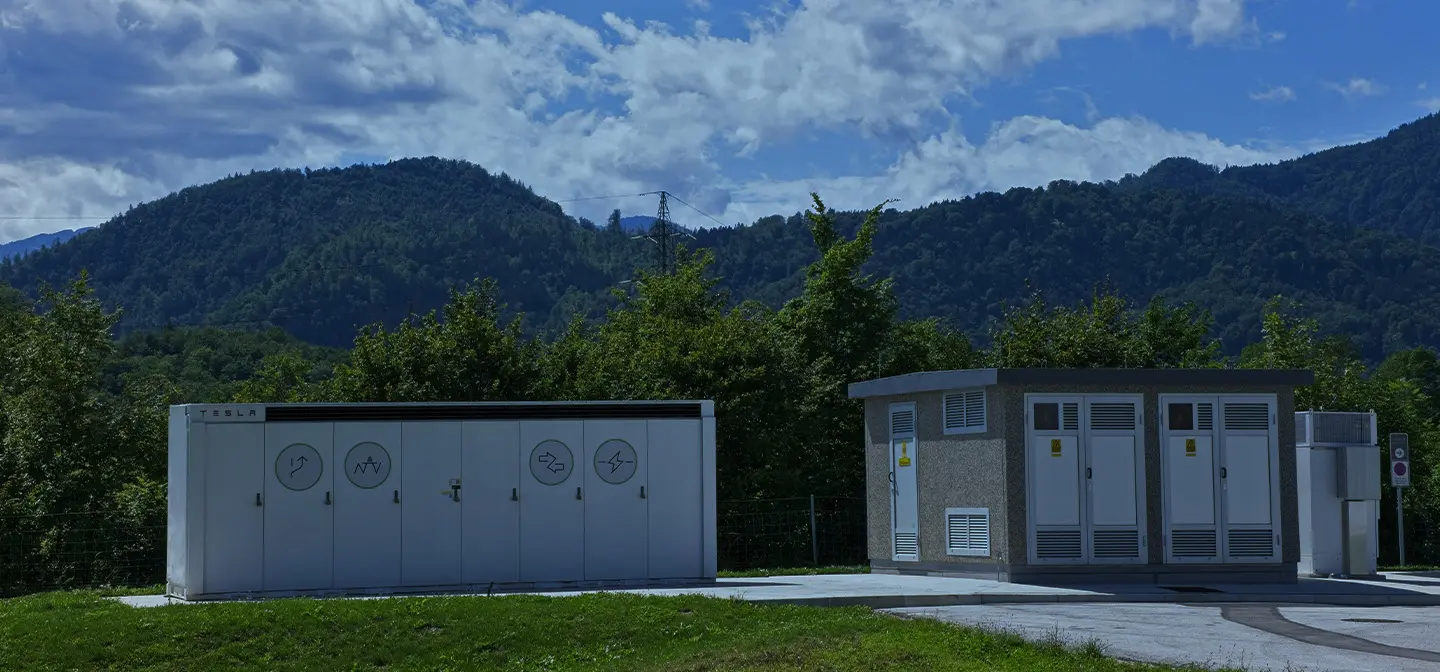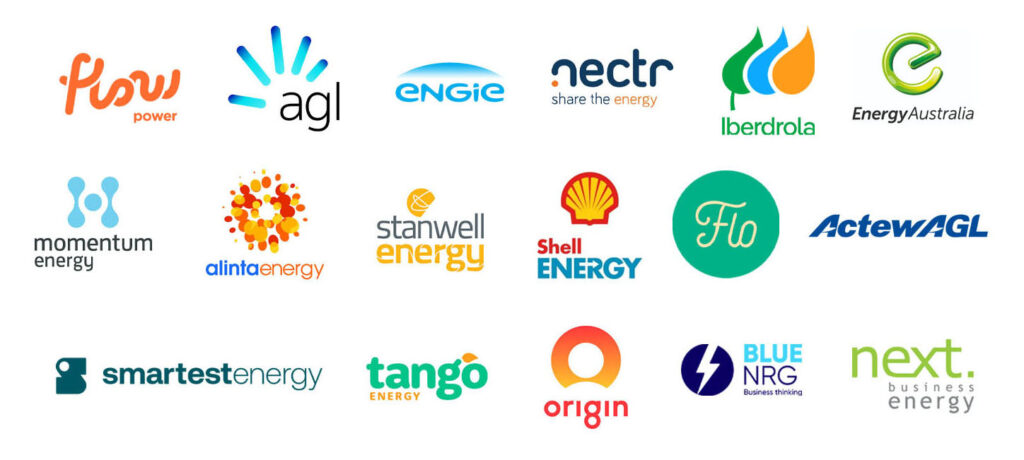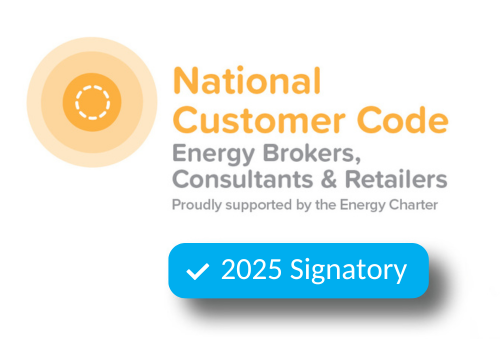
Tech billionaire Elon Musk has made significant claims about the advancements in Tesla’s battery technology with its Megapack battery, emphasising the crucial role of AI in revolutionising large-scale energy storage.
Musk envisions a future where Tesla Megapack batteries can be directly connected to high-voltage networks, eliminating the need for substations.
During Tesla’s Annual General Meeting, Musk said this revolutionary idea and AI advancement could transform the utility industry and establish Tesla as a leader in battery innovation.
The Evolution of Tesla’s Battery Technology
Tesla’s journey in battery technology began with its electric vehicles (EVs), where they pioneered advancements in lithium-ion batteries.
However, the company soon recognised the broader potential of its battery technology for energy storage.
This led to the development of the Powerwall for residential use and the Powerpack for commercial and large-scale applications.
A Brief History of Tesla’s Battery Innovations
- Powerwall: A residential battery storage solution allowing homeowners to store energy from solar panels or the grid during peak times or outages. The Powerwall has empowered individuals to take control of their energy usage and has played a significant role in the decentralisation of energy systems.
- Powerpack: A larger-scale battery system designed for commercial and industrial use, providing energy storage and backup power. The Powerpack has helped businesses reduce their reliance on the grid, lower energy costs, and ensure continuity of operations during outages.
- Megapack: Tesla’s most ambitious battery project, designed for utility-scale energy storage. Each Tesla Megapack battery can store up to 3 megawatt-hours (MWh) of electricity, making it ideal for large-scale renewable energy projects and grid stabilisation. The Megapack’s modular design allows for easy scalability, making it an attractive option for utilities looking to enhance their energy storage capabilities.
Tesla’s Foray into Australia: The Hornsdale Power Reserve
One of Tesla’s most notable battery technology implementations is the Hornsdale Power Reserve in South Australia. This project, known as the “Tesla Big Battery,” set a precedent for large-scale battery storage worldwide. (Check out our previous articles on Tesla here.)
The Impact of the Hornsdale Power Reserve
- Rapid Deployment: Constructed in less than 100 days, the Hornsdale Power Reserve demonstrated Tesla’s capability to deploy large-scale battery storage quickly. This rapid deployment has been crucial in addressing urgent energy needs and stabilising the grid.
- Capacity and Operations: The Hornsdale Power Reserve has a total capacity of 150 megawatts (MW) and can store up to 193.5 megawatt-hours (MWh) of electricity. It has played a critical role in grid stabilisation and has been called upon multiple times to prevent blackouts, providing crucial backup power in over 200 incidents.
- Grid Stabilisation: The battery provides critical grid services such as frequency regulation and backup power, helping to stabilise the South Australian grid. The battery helps maintain a stable and reliable electricity supply by responding swiftly to fluctuations in supply and demand.
- Cost Savings: The Hornsdale Power Reserve has saved an estimated $150 million in grid management costs and prevented several blackouts, showcasing battery storage’s economic and reliability benefits. These cost savings are passed on to consumers, contributing to lower electricity bills.
The success of the Hornsdale Power Reserve spurred interest in similar projects worldwide, highlighting the potential for large-scale batteries to revolutionise the energy landscape.
Elon Musk’s Vision for the Future: The Megapack 3 Battery
Musk outlined his vision for the next iteration of the Tesla Megapack battery. The Megapack 3 aims to integrate more power electronics within the battery pack, allowing it to connect directly to high-voltage power lines without needing a substation. This would simplify the deployment process and reduce utility companies’ costs.
Key Features of the Megapack 3
- High Voltage Compatibility: The ability to connect directly to high-voltage networks, eliminating the need for substations. This direct connection would streamline the installation process and reduce infrastructure costs.
- Advanced Power Electronics: Improved inverter technology that can handle higher voltages and provide essential grid services. These advancements would enhance the Megapack 3’s efficiency and reliability, making it a more attractive option for utilities.
- Scalability: Enhanced modular design allows for easier and more cost-effective scaling of battery storage systems. This scalability would enable utilities to expand their energy storage capacity as needed, supporting the integration of more renewable energy sources.
The Role of AI in Battery Technology
Musk highlighted the role of AI in advancing battery technology. AI can optimise the operation and management of battery systems, providing insights into grid performance and identifying potential issues before they become problems. Integrating AI and battery technology represents a significant leap forward in creating smarter, more efficient energy storage solutions.
Applications of AI in Energy Storage
- Predictive Maintenance: AI can monitor the health of battery systems and predict potential failures, allowing for proactive maintenance and reducing downtime.
- Grid Optimisation: AI algorithms can analyse grid data in real-time, optimising the operation of battery systems to balance supply and demand, enhance efficiency, and reduce costs.
- Energy Forecasting: AI can predict energy generation and consumption patterns, helping utilities plan and manage their resources more effectively.
The combination of AI and advanced battery technology has the potential to transform the energy sector, making it more resilient, efficient, and sustainable.
Challenges and Opportunities
While Musk’s vision for the Tesla Megapack 3 battery is ambitious, it has challenges. Developing the necessary power electronics and ensuring the safety and reliability of high-voltage connections are significant hurdles. However, the potential benefits, such as reduced costs and simplified deployment, make this an exciting opportunity for the energy industry.
Addressing the Challenges
- Technological Development: Continued research and development in power electronics and high-voltage technology will be crucial in overcoming technical challenges.
- Regulatory Support: Collaboration with regulatory bodies to establish standards and guidelines for high-voltage battery systems will be essential in ensuring safety and reliability.
- Industry Collaboration: Partnerships with utilities, grid operators, and other stakeholders will help drive the adoption of advanced battery technologies and support the transition to a more sustainable energy system.
The Broader Impact on Renewable Energy
Tesla’s battery technology advancements have broader implications for the renewable energy sector. By providing reliable and scalable energy storage solutions, Tesla is helping to overcome one of the biggest challenges facing renewable energy: intermittency. Large-scale battery storage can smooth out the variability of wind and solar power, making it possible to integrate higher levels of renewables into the grid.
Benefits of Large-Scale Battery Storage
- Enhanced Grid Stability: Batteries can provide essential grid services such as frequency regulation, voltage support, and backup power, helping to maintain a stable and reliable electricity supply.
- Increased Renewable Integration: Batteries can help balance supply and demand by storing excess energy generated from renewable sources, enabling higher penetration of renewables in the energy mix.
- Cost Savings: Battery storage can reduce the need for expensive peaking power plants and lower grid management costs, resulting in consumer cost savings.
By pushing the boundaries of what is possible with battery technology and integrating advanced power electronics and AI, Tesla is poised to play a critical role in transitioning to a more sustainable energy future.
The developments in battery storage, exemplified by projects like the Hornsdale Power Reserve, demonstrate the potential for large-scale batteries to revolutionise the utility industry and support the widespread adoption of renewable energy.
As the world moves towards cleaner energy solutions, Tesla’s pioneering efforts in battery technology will undoubtedly be a driving force in shaping the future of the energy landscape.
—
We hope this article on Tesla’s innovations in battery storage has given you some insight into the possibilities of battery technology and other renewable energy-adjacent solutions. For more updates on energy technology, power plant closures, government policies on energy, and how to reduce business energy costs, visit our Blogs and News section.
If you want to explore whether battery storage is a feasible option for your enterprise, get in touch with our energy management consultants. Contact our team at +61 1800 352 770 or email us at info@leadingedgeenergy.com.au.
We source, analyse, compare and rank commercial, industrial and multisite energy quotes. Obligation Free.
Chat with one of our experienced consultants today and get the insights your business needs to help manage the risks associated with volatile electricity and natural gas markets. Our energy procurement service is obligation-free and provides a time-saving way of securing lower energy rates from our panel of energy retailers.

Get advice from our Energy Management Consultants

Ben Wallington
Technical Manager
Get in Touch
Feel free to call or e-mail us. Or just fill in the form below and we’ll contact you for an obligation-free discussion.
Are you ready to save on business energy costs?
Get Started
Leading Edge Energy is proud to be a signatory of the National Customer Code for Energy Brokers, Consultants and Retailers.